This article was co-authored by Laura Marusinec, MD and by wikiHow staff writer, Jennifer Mueller, JD. Dr. Marusinec is a board certified Pediatrician at the Children's Hospital of Wisconsin, where she is on the Clinical Practice Council. She received her M.D. from the Medical College of Wisconsin School of Medicine in 1995 and completed her residency at the Medical College of Wisconsin in Pediatrics in 1998. She is a member of the American Medical Writers Association and the Society for Pediatric Urgent Care.
There are 16 references cited in this article, which can be found at the bottom of the page.
This article has been viewed 172,011 times.
A sore toe can make even the simplest act of walking a painful chore. Fortunately, you can usually treat a sore toe at home without having to go to the doctor. The problem is usually caused by exercise or wearing ill-fitting shoes, but it could also indicate something more serious, like an ingrown toenail or even a broken toe. If your toe doesn't feel better after a couple of weeks, get your doctor to take a look at it.[1]
Steps
Warnings
- See a doctor immediately if you're in severe pain that makes you feel faint or dizzy, if you heard a snap or pop when you injured your toe, if your toe is pointing out at an odd angle, or if you can't walk or have a hard time moving your toes.[28]⧼thumbs_response⧽
References
- ↑ https://www.nhs.uk/conditions/foot-pain/toe-pain/
- ↑ https://www.nhs.uk/conditions/foot-pain/toe-pain/
- ↑ https://www.nhs.uk/conditions/foot-pain/toe-pain/
- ↑ https://intermountainhealthcare.org/blogs/topics/live-well/2018/06/caring-for-an-infected-or-ingrown-toenail/
- ↑ https://health.clevelandclinic.org/6-best-ways-relieve-swollen-feet-ankles-home/
- ↑ https://www.cedars-sinai.org/blog/happy-feet-5-tips-to-remedy-ingrown-toenails.html
- ↑ https://health.clevelandclinic.org/7-things-you-probably-didnt-know-about-epsom-salt/
- ↑ https://www.nhs.uk/conditions/foot-pain/toe-pain/
- ↑ https://www.nhsinform.scot/illnesses-and-conditions/muscle-bone-and-joints/painkillers/should-i-take-painkillers-after-an-injury
- ↑ https://my.clevelandclinic.org/health/diseases/16896-corns-and-calluses
- ↑ https://www.nhs.uk/conditions/foot-pain/toe-pain/
- ↑ https://www.uofmhealth.org/health-library/zd1060
- ↑ https://www.nhs.uk/conditions/bunions/
- ↑ https://health.clevelandclinic.org/7-ways-to-ease-your-bunions-without-surgery/
- ↑ https://www.nhs.uk/conditions/foot-pain/toe-pain/
- ↑ https://my.clevelandclinic.org/health/diseases/16896-corns-and-calluses
- ↑ https://www.nhs.uk/conditions/foot-pain/toe-pain/
- ↑ https://blog.providence.org/healthcalling/stubbed-your-toe-it-may-be-more-serious-than-you-think
- ↑ https://healthcare.utah.edu/the-scope/shows.php?shows=0_ip0ryv59
- ↑ https://www.nhs.uk/conditions/foot-pain/toe-pain/
- ↑ https://www.mayoclinic.org/diseases-conditions/corns-and-calluses/symptoms-causes/syc-20355946
- ↑ https://www.health.harvard.edu/blog/do-i-need-orthotics-what-kind-2018102915182
- ↑ https://www.nhs.uk/conditions/foot-pain/toe-pain/
- ↑ https://www.nhs.uk/conditions/foot-pain/toe-pain/
- ↑ https://www.mayoclinic.org/diseases-conditions/broken-toe/diagnosis-treatment/drc-20370468
- ↑ https://www.cedars-sinai.org/blog/happy-feet-5-tips-to-remedy-ingrown-toenails.html
- ↑ https://www.cedars-sinai.org/blog/happy-feet-5-tips-to-remedy-ingrown-toenails.html
- ↑ https://www.nhs.uk/conditions/foot-pain/toe-pain/
About This Article
A sore toe can be inconvenient, but with the right home treatment, you can relieve your pain and help it heal as soon as possible. Rest your toe and refrain from exercising until it’s better. While you’re resting, keep your foot elevated above your heart to help reduce any swelling. To reduce pain and inflammation, hold an ice pack or a bag of frozen vegetables wrapped in a towel on your toe for 10 minutes. You can also soak it in a bath or tub of hot water and Epsom salt for 20 minutes to help soothe your toe. If you experience severe pain or swelling or your toe gets worse, visit your doctor so they can rule out any underlying issues. For more tips from our Medical co-author, including how to prevent sore toes in the future, read on!
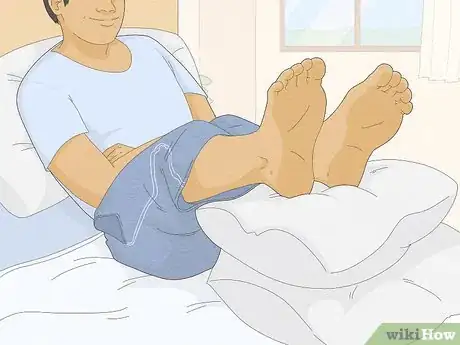

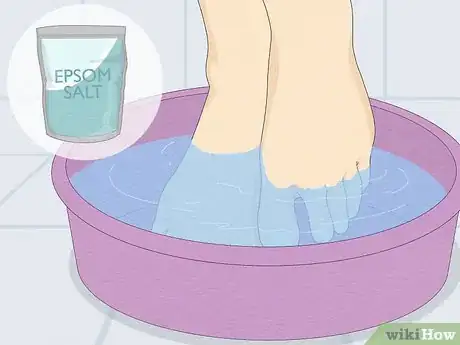
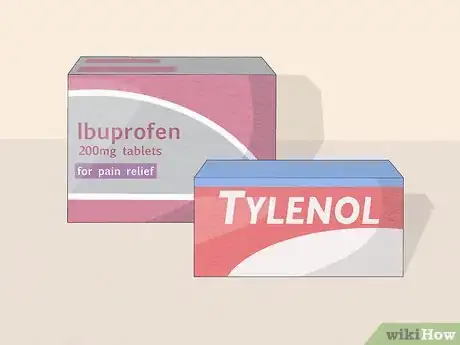
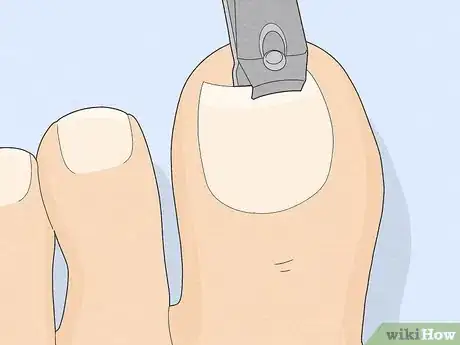
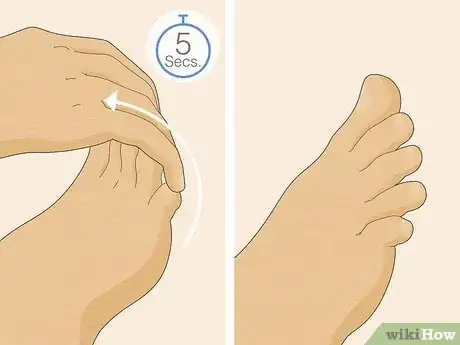
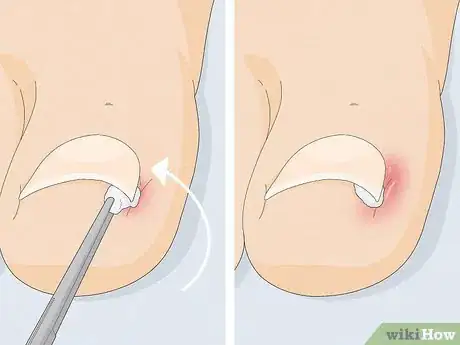

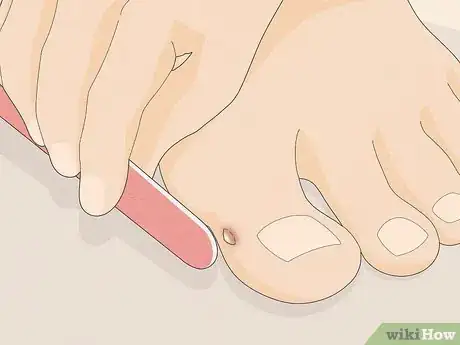

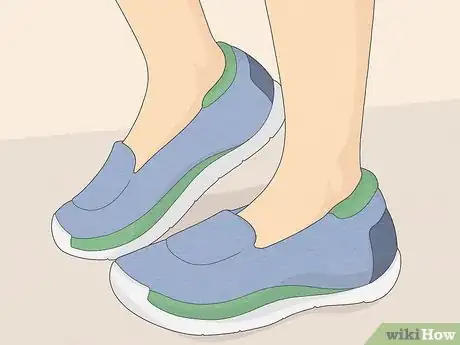
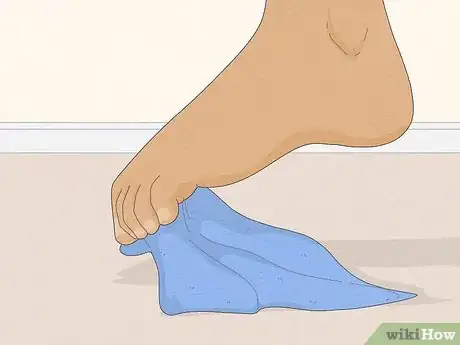

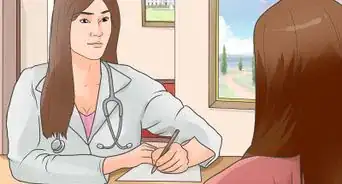

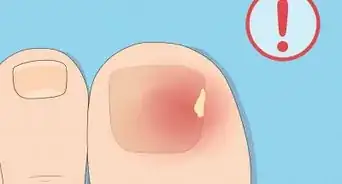



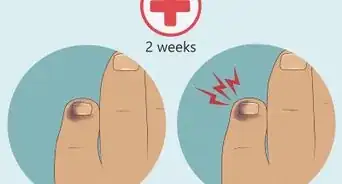
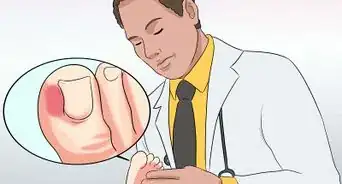
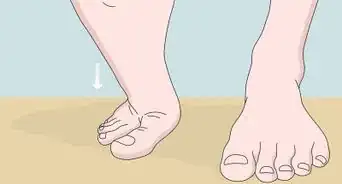
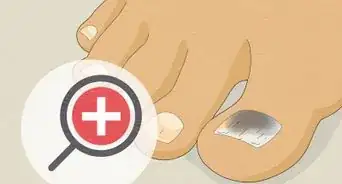













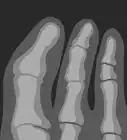





































Medical Disclaimer
The content of this article is not intended to be a substitute for professional medical advice, examination, diagnosis, or treatment. You should always contact your doctor or other qualified healthcare professional before starting, changing, or stopping any kind of health treatment.
Read More...